Norway, known for its breathtaking fords, rugged coastline, and rich cultural heritage, is also home to several major cities that blend modernity with history. From bustling new towns to smaller coastal towns, Norway’s cities offer a unique combination of cultural activities, scenic beauty, and deep-rooted history. In this article, we’ll explore the biggest cities in Norway, focusing on their populations, locations, and key features that make them standout destinations in this stunning Scandinavian country.
10. Tønsberg

- Population: 56,293
- Latitude: 59.2675° N
- Key Features: The oldest town in Norway, Viking history, medieval ruins
Among Norway’s northernmost towns, Tønsberg possesses an intriguing past, increasing back through the Viking Age. Explore this gorgeous coastal town in the south of Norway to witness Norway’s historic past, incorporating attractions like Slottsfjell Tower and Tønsberg’s Viking Ship Museum. Tønsberg’s heritage of culture is an imperative for archaeology amateurs.
Tønsberg, notwithstanding having a tiny population, holds significance in Norwegian history. Cultural festivities and celebrations adorn the town’s timetable. Viking tradition encourages vacationers to be intrigued by the country’s antiquity.
9. Asker
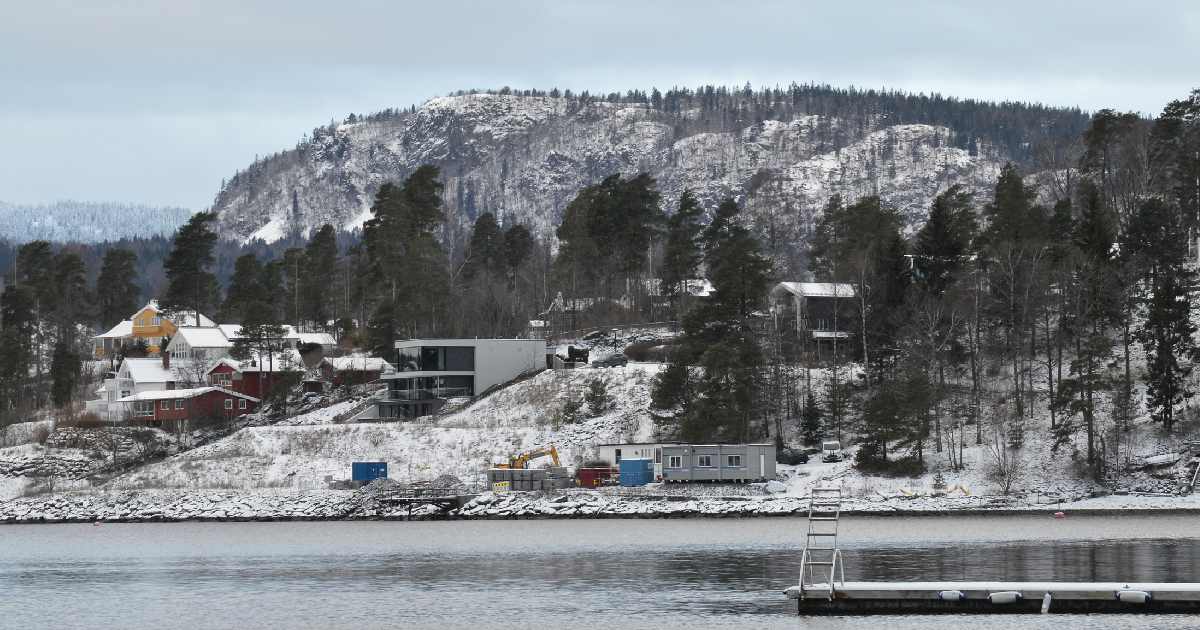
- Population: 61,000
- Latitude: 59.8333° N
- Key Features: Proximity to Oslo, scenic landscapes, historic landmarks
Asker, a residential area west of Oslo, is appropriate for individuals working in the capital city who desire a cooler life. In the past decade, Asker has developed yet preserved its attraction given that to its gorgeous setting and ancient treasures. Around Oslo, human beings have access to amenities in urban areas while getting outdoors in nature.
Cultural activities, hiking avenues, and lakes offer plenty of recreation in Asker. Asker lures families and the natural world devotees through its modern lifestyle and natural splendor. Homeowners may utilize metropolitan amenities while experiencing quiet surroundings due to the city’s closeness to Oslo.
8. Drammen
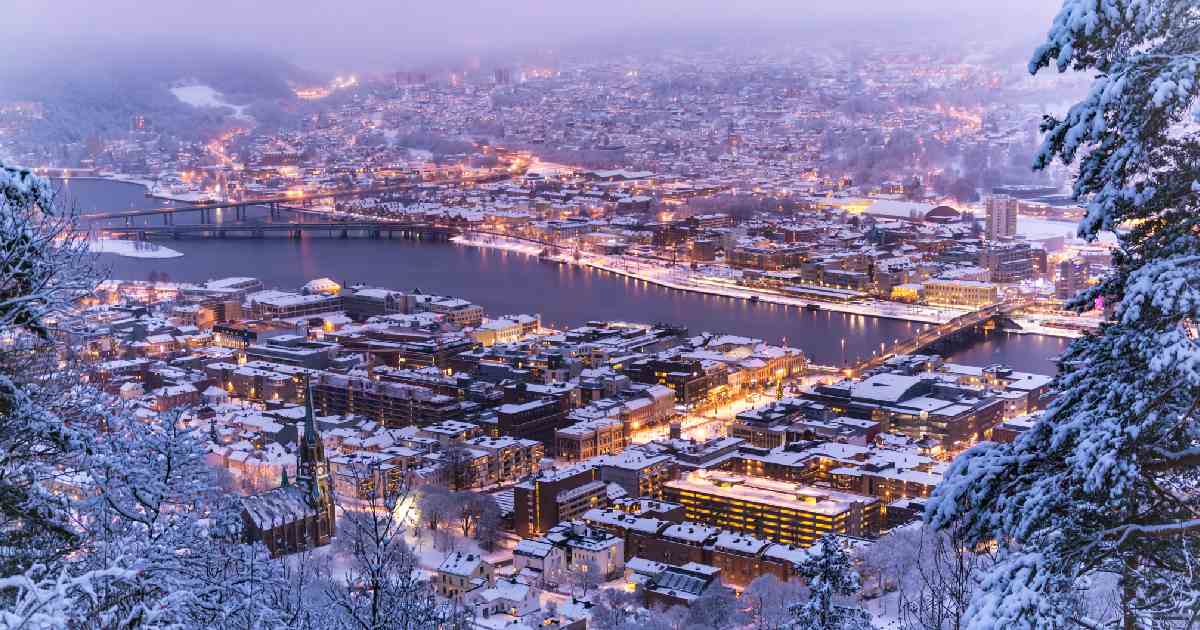
- Population: 101,386
- Latitude: 59.7439° N
- Key Features: Riverfront city, Drammen River, cultural revitalization
One of Norway’s quickest-developing cities is Drammen, southwest of Oslo, on the Drammen River. Over decades of the industrial revolution, Drammen has regenerated its waterfront and created an active arts scene. The city’s waterways, farms, and exquisite pedestrian bridges fascinate guests and citizens.
Cultural activities such as concerts, festivals, and artwork displays are prominent in Drammen partly because of its urban and natural settings. Its contemporary facilities and vibrant culture render it one of southern Norway’s largest cities. Visitors and residents love the city’s breathtaking Drammen River and hills, recreational outdoor events, and pleasure.
7. Sandvika
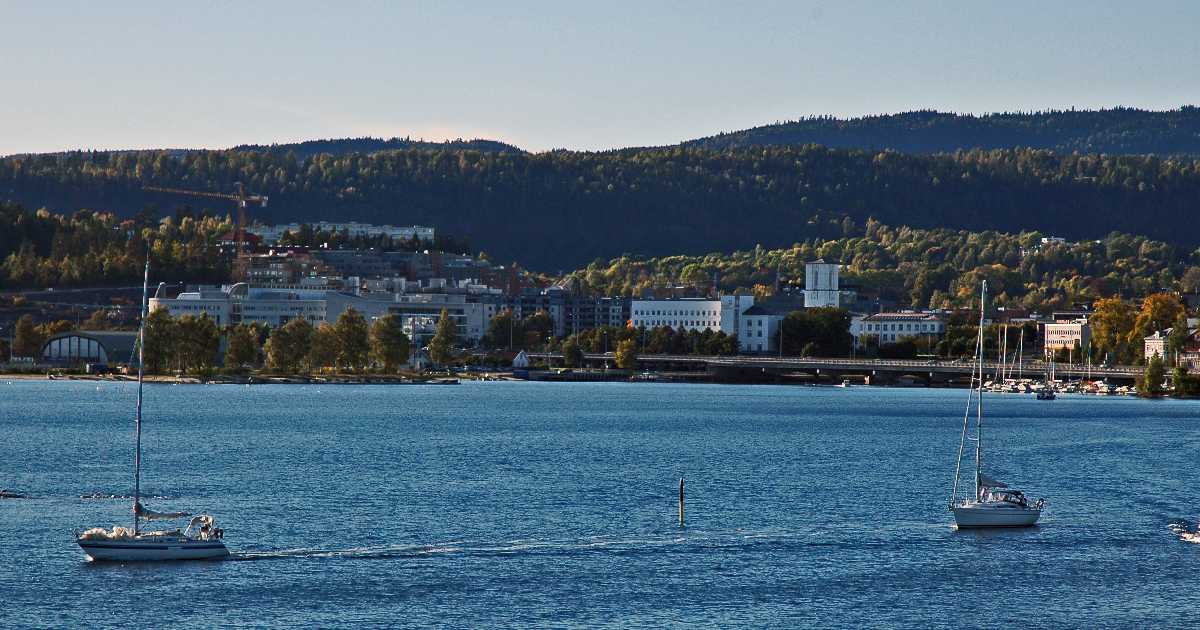
- Population: 126,000 (Asker municipality)
- Latitude: 59.8897° N
- Key Features: Modern architecture, major shopping centers, proximity to Oslo
The Asker municipality’s Sandvika, west of Oslo, is a provincial monetary and commercial center. Given its stylish architecture and active businesses, Sandvika provides numerous opportunities for recreation and relaxation. Travelers from all over Norway flock to Sandvika Storsenter, one of Norway’s major outlet centers.
People from all over profit from Sandvika’s vicinity to Oslo. Sandvika is a roaring capital with accessibility to Norway’s west coast’s intriguing sceneries because of its commerce and modern development. City establishments and untouched wilderness establish an unusual lifestyle that appeals to individuals and families who engage in outdoor activities.
6. Kristiansand
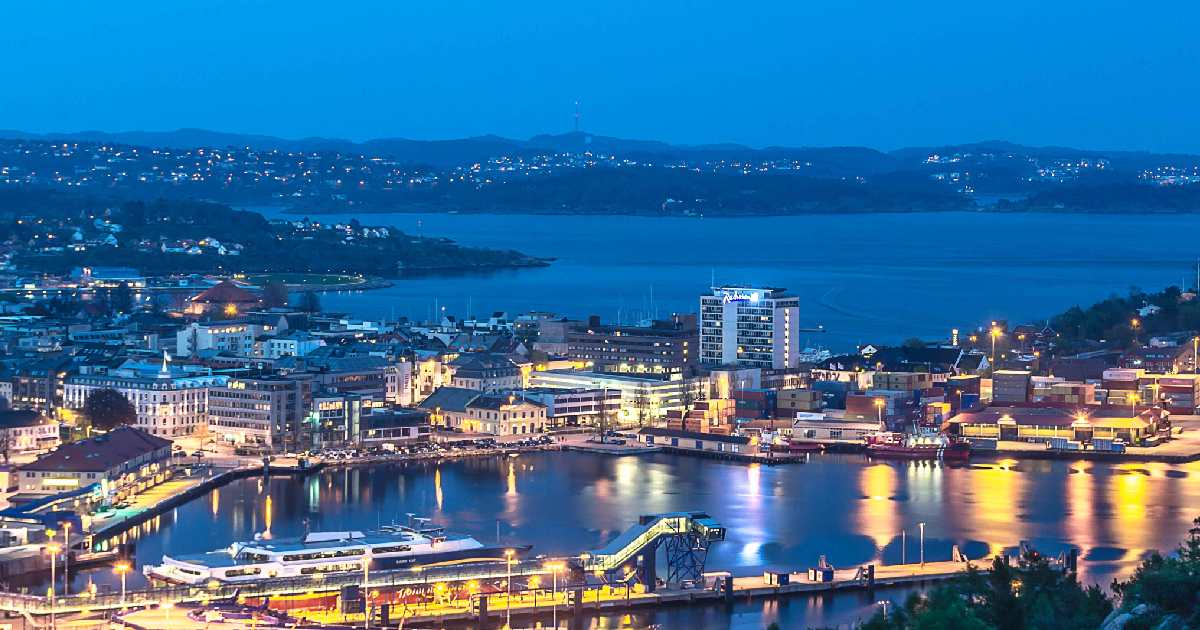
- Population: 113,737
- Latitude: 58.1467° N
- Key Features: Coastal town, popular tourist destination, cultural festivals
Kristiansand is a vibrant city on Norway’s southern coast boasting white sand beaches, exciting society, and seasonal festivals. Kristiansand, an acclaimed getaway, has several landmarks ranging from the Kristiansand Zoo to its idyllic town center. Youngsters and beachgoers prefer the city’s oceanfront spot.
Kristiansand’s cultural activities, such as the Kristiansand International Children’s Film Festival, draw travelers from abroad in unison with its idyllic setting. This southern Norway town is distinguished for its beachfront appearance and vibrant urban atmosphere. Kristiansand’s beaches, playgrounds, and art tradition present an appropriate balance for individuals and tourists seeking relaxation and pleasure.
5. Trondheim
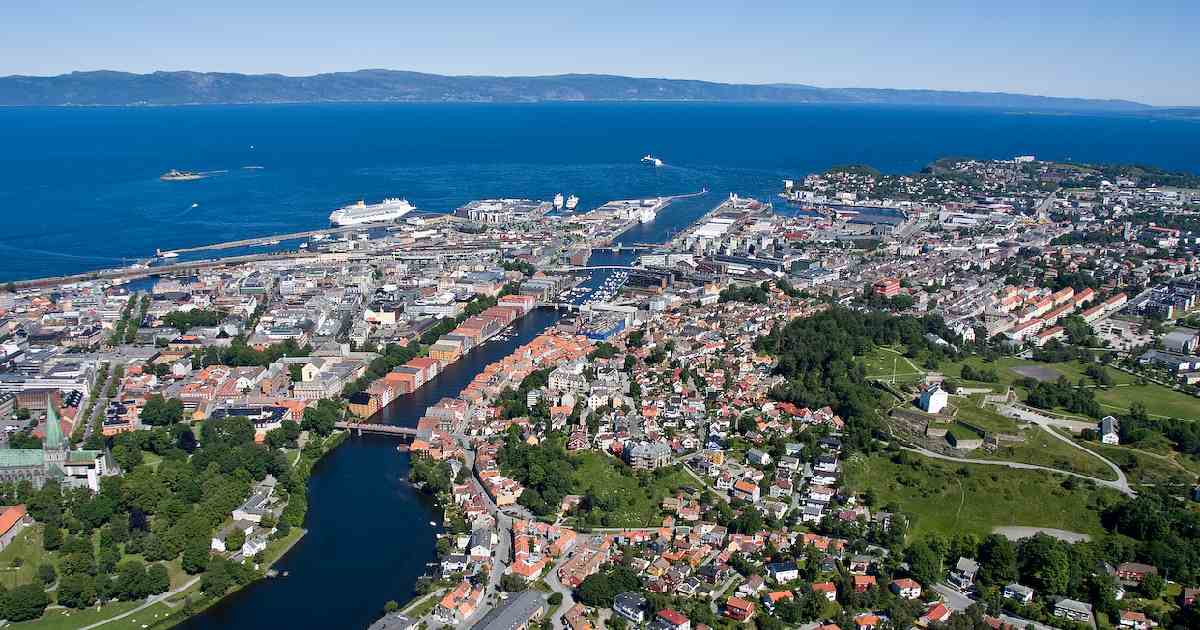
- Population: 207,000
- Latitude: 63.4305° N
- Key Features: Nidaros Cathedral, university town, rich Viking history
One of Norway’s greatest archaeologically significant cities, Trondheim serves as the Viking Age capital. As Scandinavia’s largest medieval building, Nidaros Cathedral is a historic enticement. College learners bring Trondheim a vibrant youth.
Travelers can experience heritage and modern living in Trondheim with its dazzling Fjord perspectives. The city’s scientific and technological enterprises have made Norway’s innovation a catalyst. City cultural activities comprise festivals and festivals concert series year-round.
4. Sandnes
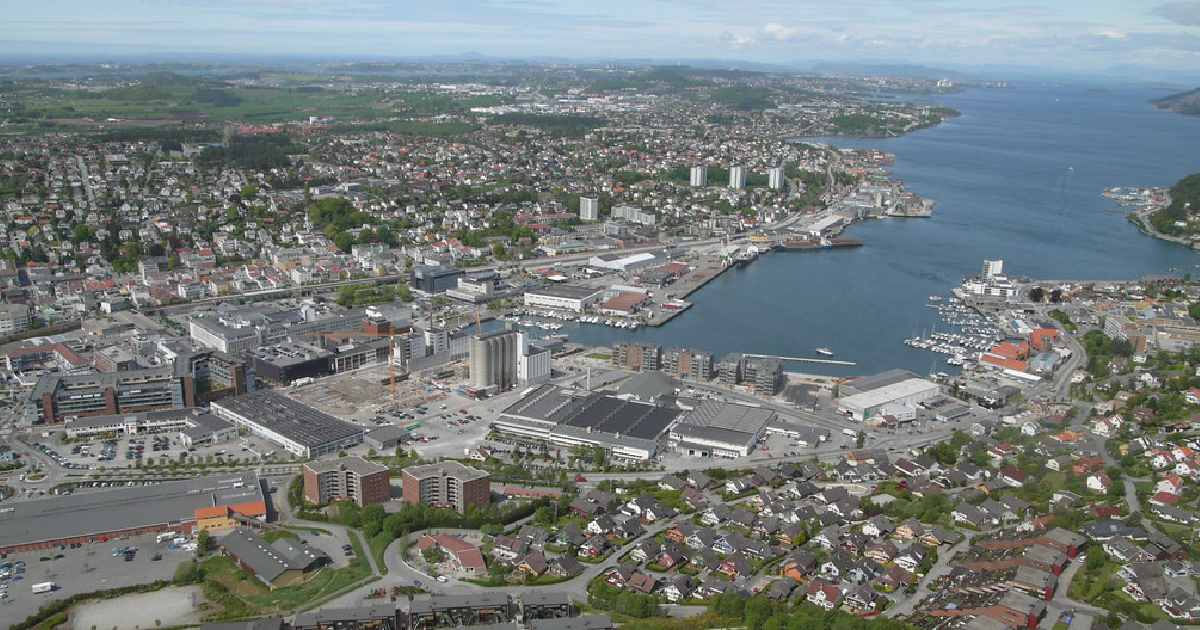
- Population: 80,000
- Latitude: 58.8524° N
- Key Features: Economic growth, close to Stavanger, hiking opportunities
The urbanized geographical area of Stavanger encompasses rapidly expanding Sandnes. Sandnes is noted for its commercial and economic expansion, which has developed tremendously. People who love the outdoors may appreciate nature and metropolitan convenience offered by the city’s nearby scenic fords and hiking routes.
Sandnes has an economic boom driven by Norway’s oil and energy businesses. The municipality is renowned for its arts and cultural gatherings and spirit of community, offering residents and visitors ample time opportunities. Sandnes’ parks, climbing avenues, and busy arts scene attracted outdoor and culture lovers.
3. Stavanger
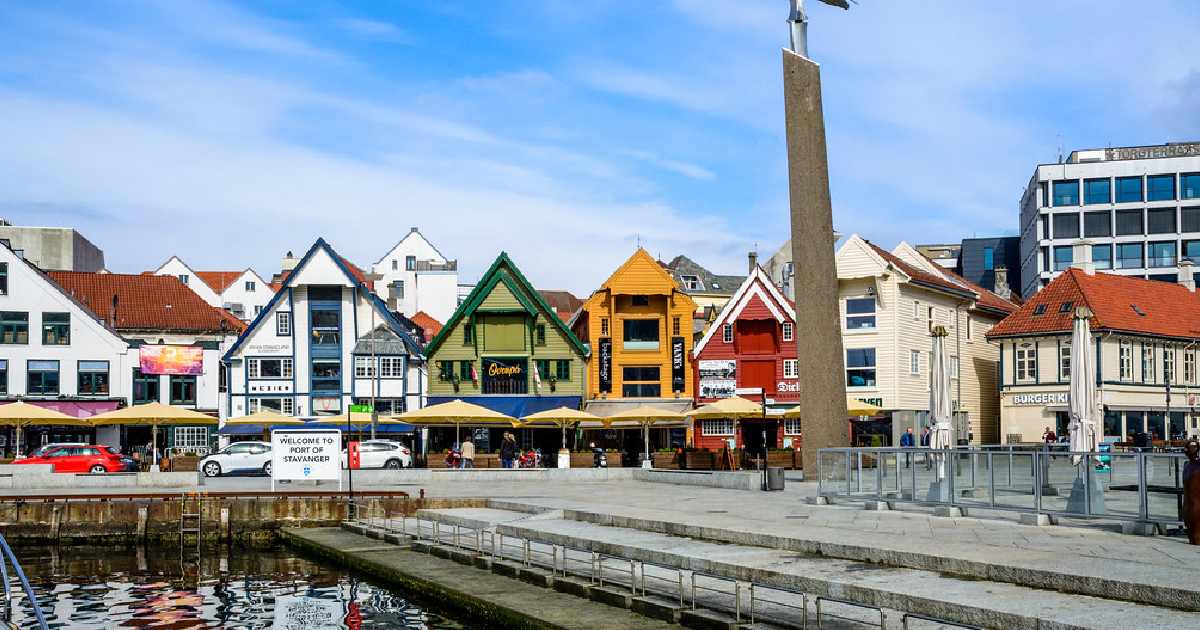
- Population: 144,699
- Latitude: 58.97° N
- Key Features: Norway’s oil capital, historic wooden houses, cultural festivals
Stavanger is Norway’s oil capital and is crucial to its financial system. On Norway’s west coast, Stavanger is a picturesque old town comprising well-preserved 18th-century wooden domiciles. NuArt Festival, filled with street art, forms one of several cultural festivals in the town.
Because to its intimacy to Norway’s finest famous natural monuments such the Lysefjord and Preikestolen (Pulpit Rock), Stavanger fascinates recreational adventurers. The capital is a must-see in Norway’s major cities because of its turbulent past, energy industry, and lifestyle. Stavanger holds several festivals and events that entice visitors to its extensive arts setting and gastronomic specialties.
2. Bergen
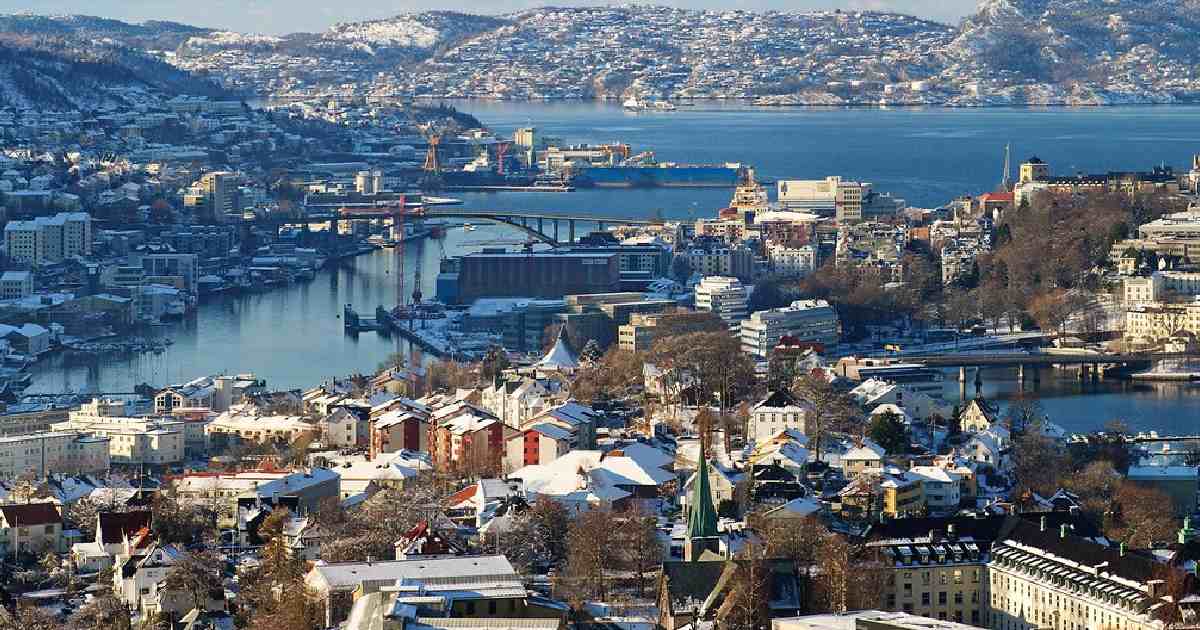
- Population: 283,929
- Latitude: 60.3913° N
- Key Features: UNESCO World Heritage site, Norway’s west coast, cultural hub
Between Norway’s west coast highlands and fjords, Bergen is its second largest city and most appealing city. Bergen, western Norway’s historical and commercial operations center, is notable for its captivating seaport, Bryggen, a UNESCO World Heritage site, and Viking age, Bergen heritage. National Theatre, Norwegian Opera, and other cultural institutions reside in the city.
Bergen ranks one of Norway’s most visited cities due to its unique fjord entryway. Bergen remains one of Norway’s most important cities, given its distinct musical and cultural backgrounds, ancient monuments, and incredible landscape. Bergen’s distinctive timbered structures at Bryggen Wharf portray its maritime heritage and distinctive culture, making it a UNESCO World Heritage site.
1. Oslo
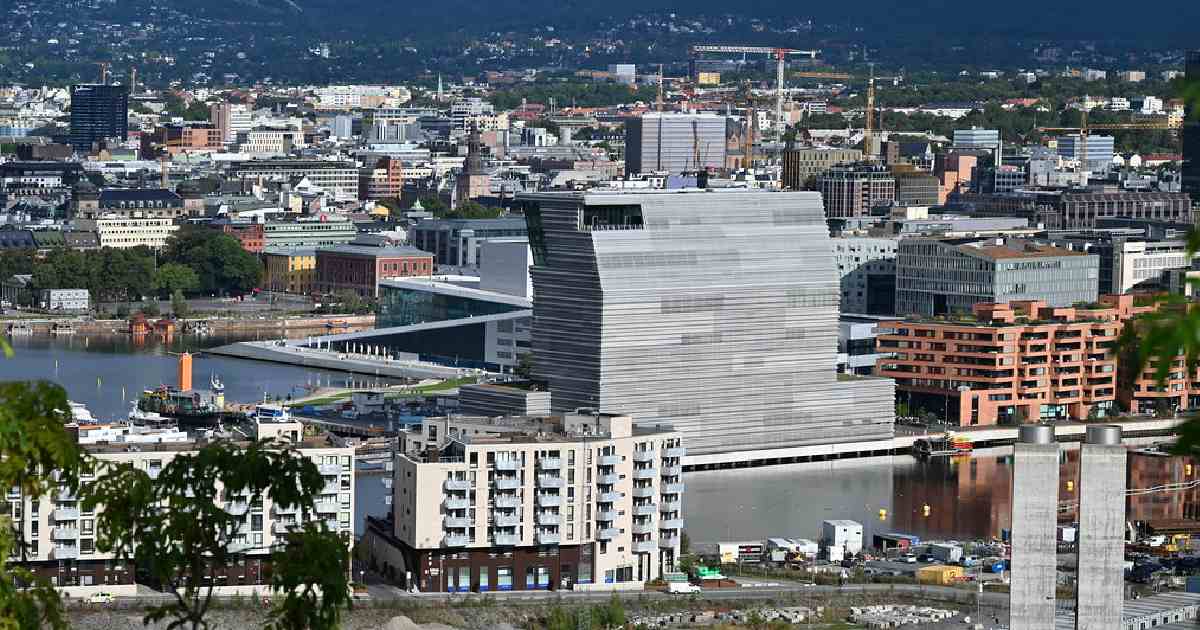
- Population: 1,546,706 (metropolitan area)
- Latitude: 59.9139° N
- Key Features: Capital city, cultural and political center, royal palace
Oslo, the capital city of Norway, is the country’s biggest and most populous city. Norway’s governmental, artistic, and economic hub houses the Royal Palace, National Museum, and Viking Ship Museum. Oslo is an active city with innovative properties, gardens, and a fjord.
At approximately 1050, King Harald Hardraade developed the town. Visitors can take advantage of cultural activities, museums, theaters, and festivals in Oslo. As the capital and an ecologically progressive town it’s a popular draw for travelers and part of Norway’s culture. Oslo’s sustainable urban planning, wide playgrounds, and huge public transportation infrastructure are provided, making it an excellent example of modern city life.
Conclusion
Norway’s cities, from the capital city of Oslo to the scenic beauty of Bergen, offer a diverse range of cultural experiences, natural beauty, and historical significance. Each city plays a crucial role in the country’s economy, culture, and heritage, making Norway’s urban landscape as captivating as its stunning countryside. Whether you’re visiting for the Viking history, modern architecture, or scenic fjords, the biggest cities in Norway provide an enriching experience for all.
Frequently Asked Questions (FAQs)
What is the most crowded city in Norway?
Oslo, Norway’s capital city, is the most crowded city in the country, with a metropolitan area of over 1.5 million. As the country’s political, cultural, and economic center, Oslo attracts a large number of residents and visitors. Its urban growth and modern infrastructure make it the most populous and bustling city.
What are the most walkable cities in Norway?
Oslo and Bergen are considered the most walkable cities in Norway. Both cities offer pedestrian-friendly streets, compact city centers, and scenic routes, making it easy for residents and visitors to explore by foot. In Bergen, the historic harbor and mountain views enhance the walking experience, while Oslo’s green spaces and cultural landmarks make for enjoyable strolls.
What is the most visited city in Norway?
Bergen is the most visited city in Norway, attracting tourists with its stunning fjords, historic harbor, and UNESCO World Heritage site, Bryggen. Known as the gateway to the fjords, Bergen’s scenic location on Norway’s west coast and rich cultural offerings make it a top destination for international visitors and locals alike.
What is the richest city in Norway?
Stavanger is often considered the richest city in Norway because it is the country’s oil capital. The wealth generated from the oil and energy industries has contributed to high living standards and economic prosperity. The city’s residents enjoy one of Norway’s highest per capita incomes, and the economy remains strong and diversified.
What is Norway’s most livable city?
Oslo is widely regarded as the most livable city in Norway, thanks to its combination of modern infrastructure, green spaces, and cultural activities. As the capital city, Oslo offers excellent public services, healthcare, and education while promoting sustainability and a high quality of life. Its balance of urban living and access to nature makes it a highly desirable place.

